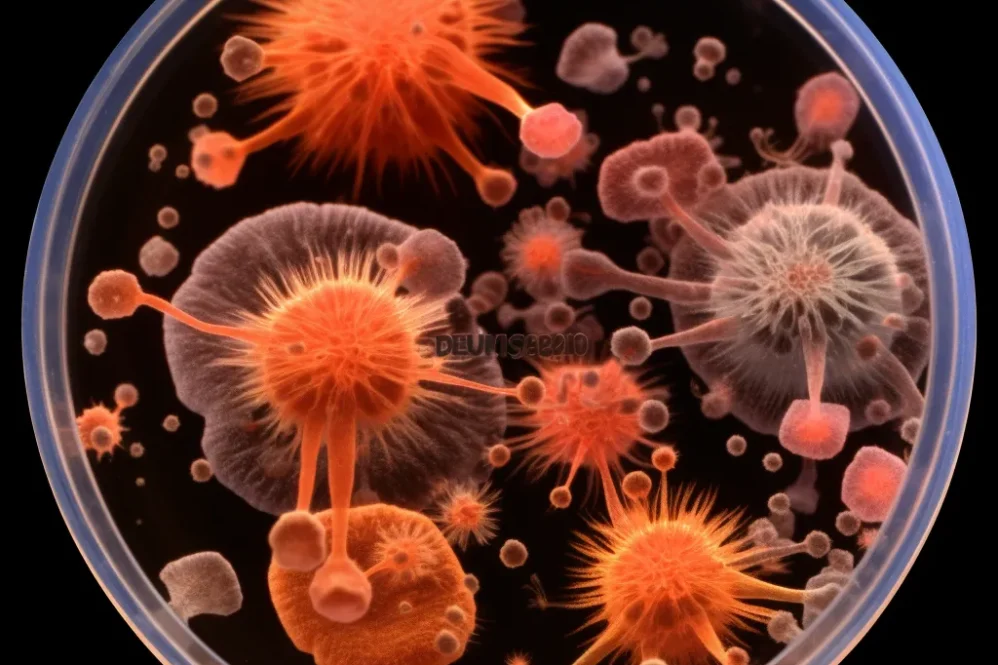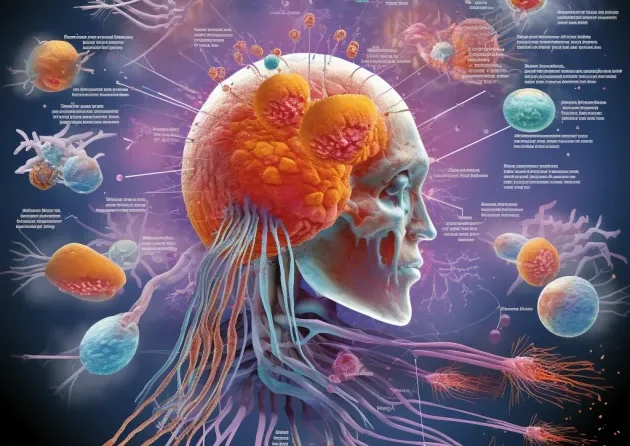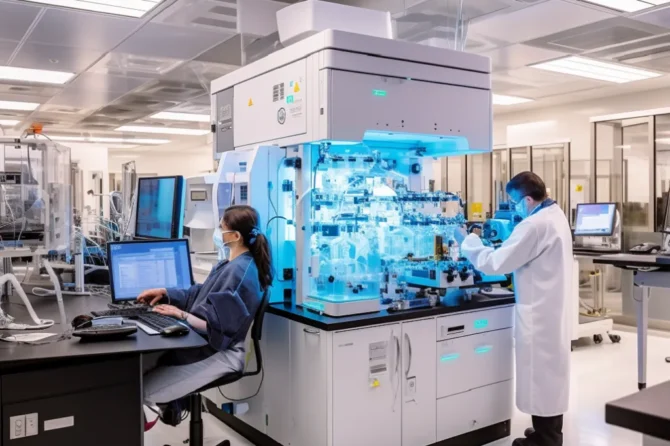Abstract
Bacteriophages play a significant role in shaping bacterial populations and influencing their behavior. Streptomyces bacteria, renowned for their production of specialized metabolites and complex developmental processes, are no exception. In this study, we present a comprehensive analysis of twelve bacteriophages infecting Streptomyces coelicolor, a model organism for Streptomyces research. Through genome sequencing and comparative analysis, we reveal remarkable genome conservation among these phages, despite their diverse origins. Intriguingly, these genetically similar phages exhibit variable effects on their bacterial hosts, including alterations in colony morphology, induction of secondary metabolite production, and acceleration of sporulation. We hypothesize that these phenotypic changes are driven by the diverse accessory gene content carried by these phages. By exploring the interplay between Streptomyces bacteria and their phages, this study enhances our understanding of the phage-host evolutionary arms race, provides insights into novel secondary metabolites, and highlights the potential applications in biotechnology.
Introduction
Streptomyces bacteria are renowned for their ability to produce a vast array of specialized metabolites with diverse biological activities. These metabolites have significant implications in drug discovery, agriculture, and various biotechnological applications. Understanding the intricate biological processes of Streptomyces and the factors that modulate their metabolite production is crucial for harnessing their potential. Bacteriophages, the viruses that infect bacteria, have emerged as powerful tools for unraveling the genetics and physiology of Streptomyces. Here, we investigate twelve Streptomyces phages to shed light on their genomic characteristics, host range, and the phenotypic changes they induce in their bacterial hosts.
Methods
To isolate the phages, soil samples from diverse geographic locations were obtained, and enrichment techniques were employed using different Streptomyces strains. The phages were propagated, and their genomes were sequenced using high-throughput sequencing technologies. The resulting sequence data were subjected to genome assembly, annotation, and comparative analyses to assess their genetic relatedness and identify conserved genes. Host range determination and efficiency of plating experiments were conducted to evaluate the infectivity of the phages across various Streptomyces species. Additionally, infection time-course experiments were performed to monitor phage titers over time, and phenotypic changes in Streptomyces colonies were assessed using plate pinner assays, scanning techniques, and targeted plating experiments.
Results
The genomic analysis of the twelve Streptomyces phages revealed a striking level of sequence conservation, suggesting a shared gene pool among phages infecting Streptomyces bacteria. Despite this genomic similarity, the phages exhibited remarkable variability in their effects on their bacterial hosts. These effects encompassed changes in colony morphology, induction of secondary metabolite production, and acceleration of sporulation. The observed phenotypic variations were attributed to the presence of diverse accessory genes in the phage genomes, with some genes shared among multiple phages, while others were unique to specific phages.
Conclusion
This study sheds light on the significant impact of phage infection on Streptomyces bacteria, uncovering the intricate interplay between these microorganisms. The remarkable genomic conservation among the phages, despite their diverse origins, provides insights into the evolution and adaptation of phages that infect Streptomyces. Moreover, the observed phenotypic changes induced by phage infection, such as alterations in colony morphology, induction of secondary metabolite production, and acceleration of sporulation, have important implications for understanding the regulatory mechanisms governing these processes. Harnessing the potential of these phages to modulate Streptomyces metabolism holds promise for expanding the repertoire of specialized metabolites and enhancing biotechnological applications. This study deepens our understanding of Streptomyces biology, presents new opportunities for the discovery of novel secondary metabolites, and highlights the potential of phages in biotechnological applications.
If you need more information on this article click on the link below. This link will provide more extensive information and elaborate on the topic.
Click here to view original web page at www.nature.com





